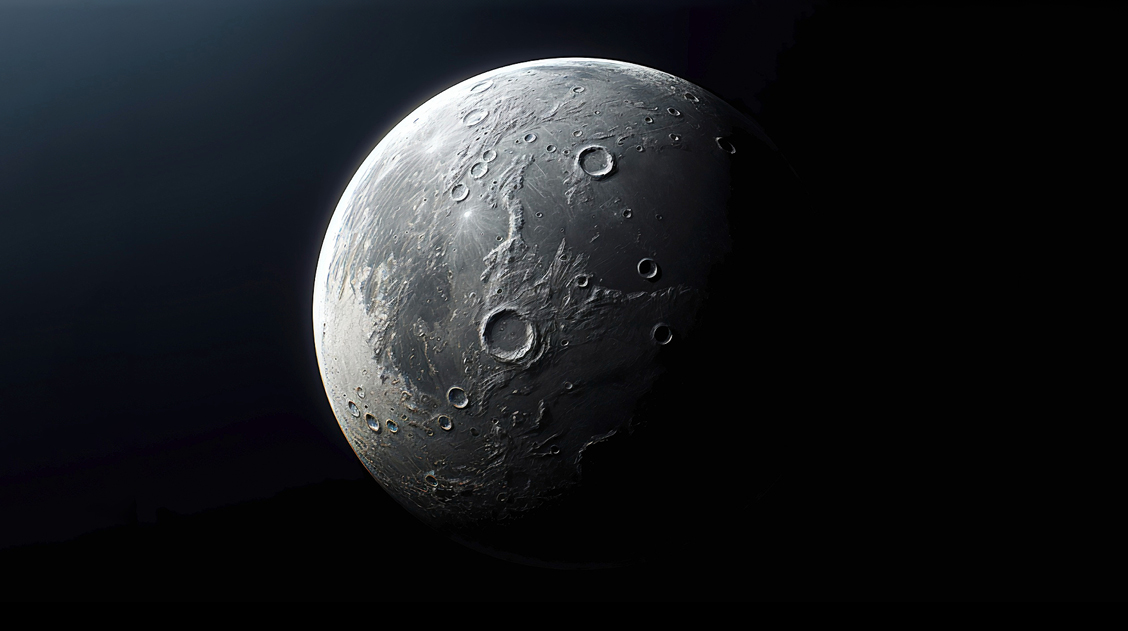
Beyond the Moon
NASA has been at the forefront of space exploration since its founding in 1958. Since then, it has launched a multitude of missions and collected volumes of crucial data which will help us gain a better understanding of our universe.
The field of space exploration has seen major developments in its technology and goals within the last 50 years. This includes the James Webb Space Telescope, which now captures moments in space that have never been recorded in such detail. It’s given us greater insight into the history and future of the universe.
Now, NASA aims to return humans to the moon as part of the Artemis lunar program.
NASA Artemis space program
In 2017, NASA launched the Artemis program. This involves 5 missions that aim to explore the moon’s surface. This will allow NASA to prepare to send astronauts to Mars in the future.
The first spacecraft to reach the surface of the moon was the Lunar 2 in 1959. This was soon followed by more astronauts who stepped onto the surface of the moon from 1969 to 1972.
Since this breakthrough in space exploration, humans have yet to return to the surface of the moon. The Artemis program has a set of goals and missions that will allow humans to return to the moon to conduct scientific experiments.
Artemis 1
The first mission, Artemis 1, was completed in 2022. This was an uncrewed mission that orbited and traveled beyond the moon. This was a big milestone, as the next spacecraft launched will be crewed by astronauts who will travel further than any others in history.
Artemis 2
Artemis 2 will be launched in November 2024. The spacecraft will take a crew of four people and orbit around the moon and beyond. This mission strives for equality. One main goal of NASA is to land the first woman and person of color on the moon.
Artemis 3
Artemis 3 will be launched in 2025. It will land the crew on the moon, in the first crewed mission to the moon since Apollo 17 in 1972. The crew will spend a week on the moon, collecting samples and conducting experiments.
Artemis 4 and 5
From 2025 to 2027, the Artemis 4 and 5 missions will deliver key parts of the new space station ‘Gateway’ into orbit around the moon. Furthermore, it will also take more astronauts to the surface of the moon.
The Artemis mission will give further insight and knowledge of the moon. In addition it will allow NASA to establish a base so that we can keep investigating the moon and beyond in future missions.
MDPI contribution to moon research
Space research is a vast field. The Artemis missions will increase the development in the lunar science field. This development is important for our understanding of the moon and space.
At MDPI we try to increase the development of our understanding of the universe and lunar science. One example of this is the Special Issue in Remote Sensing, “Future of Lunar Exploration”. This issue focuses on the new findings in the field of lunar science. It encourages submissions of methods, applications, and overview papers. In particular, the submissions focus on the terrain of the lunar surface. Also how best to explore and collect data using the latest technology.
Calculating the slip estimation of lunar rovers traveling on loose soil
When exploring the moon’s surface, it’s important to understand its terrain, so that we can calculate how to best set up bases and ensure rovers have optimal mobility. One example of this is a paper that produces a method for calculating the slip estimation of lunar rovers traveling on loose soil. The moon’s surface is covered with a loose soil known as regolith.
It can be tricky for rovers to navigate this terrain. This is because there is a high risk that they may stack and become immobile. Which can prevent effective data collection. One example of this is when a rover travels up or down a lunar crater.
Currently, there are a variety of methods that the rovers can use to recognize the hazards associated with lunar craters, including slip behavior, posture, and sinkage. These include cameras and Lidar sensors. Although these methods allow the hazards to be detected, they do not give specialized instructions to the rover to prevent dangers such as side slipping.
The researchers from Shibaura Institute of Technology in Japan analysed the strain of the wheel and chassis of the rover when travelling through loose soil. This allowed them to obtain information on the traction of each wheel, so that the rover can correct its posture when navigating through this terrain.
This will allow lunar rovers to safely travel across lunar terrain and collect essential data to support lunar missions.
Future lunar research
The field of space and lunar research is constantly expanding. As we make new and exciting leaps into the future of space research, we need to ensure that we continue to collect data on how best to lay the groundwork for future space exploration.
If you would like to learn more about what MDPI is doing to support space exploration, check out our journals Remote Sensing, Astronomy, Atmosphere, Aerospace, and Galaxies.
Or, if you would like to submit your research, you can check out MDPI’s full list of journals.










